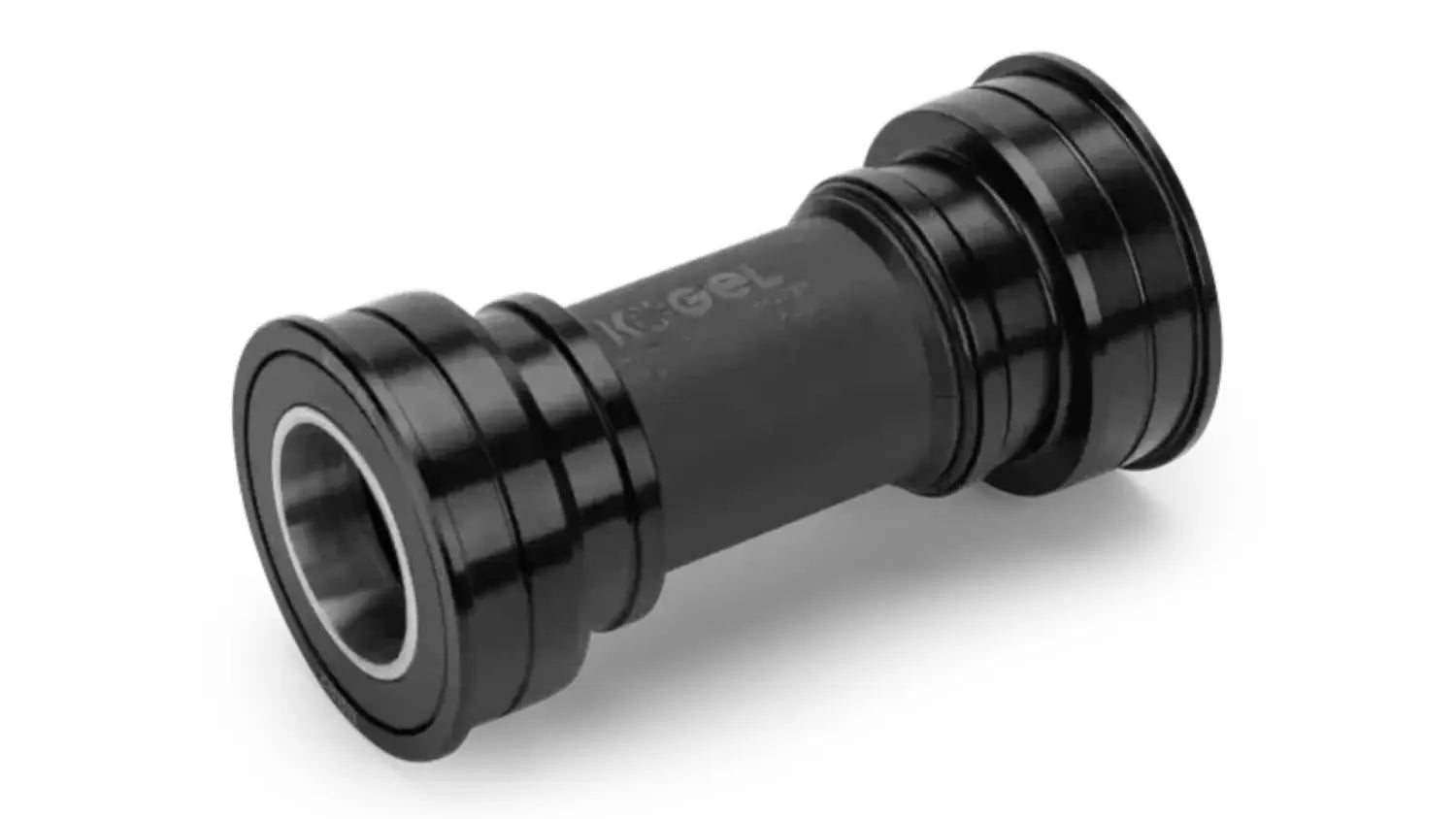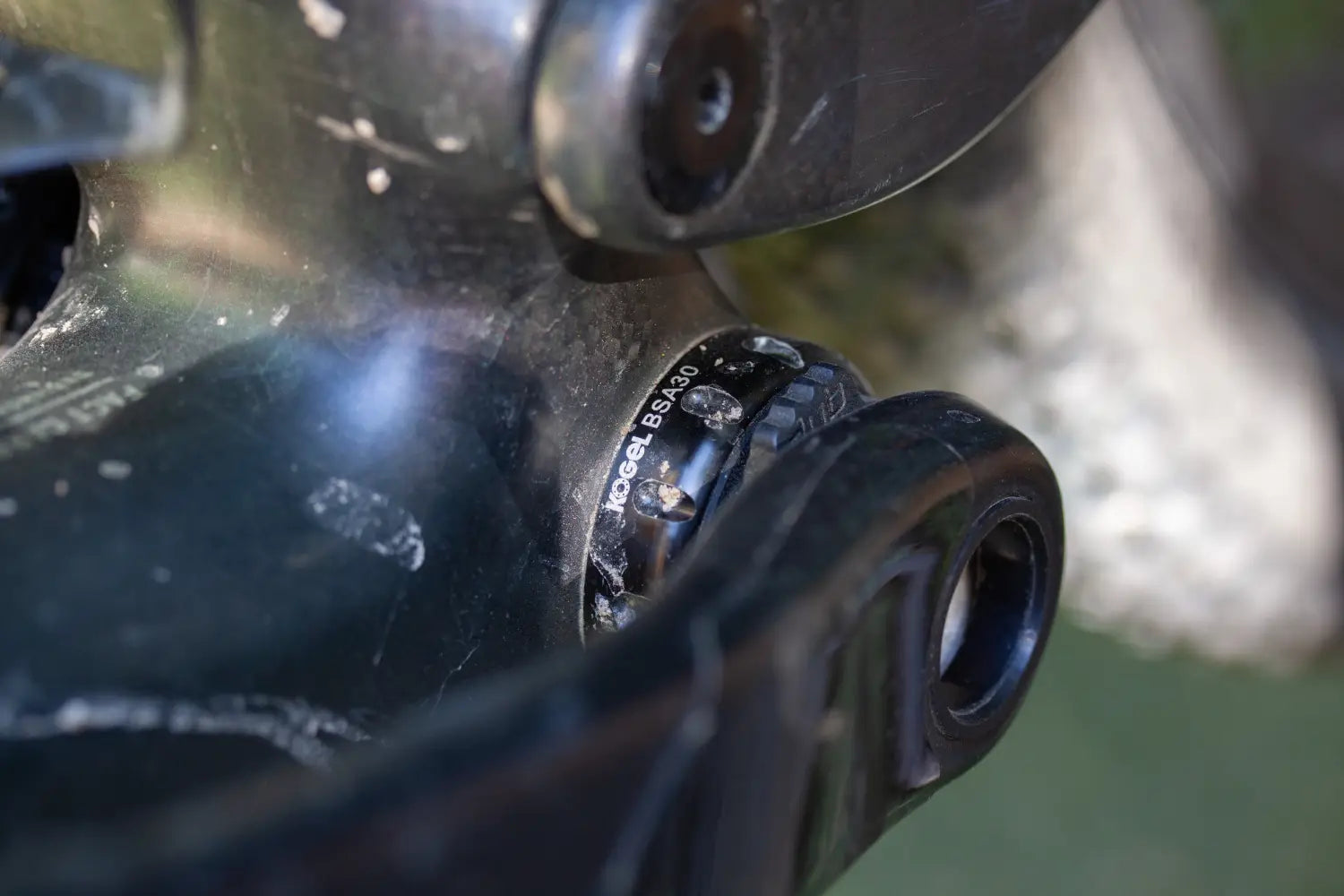In cycling, every component matters, and the bottom bracket is no exception. As the heart of your bike’s drivetrain, it plays a pivotal role in ensuring smooth pedaling and efficient power transfer. When your bottom bracket starts to show signs of wear or inefficiency, it might be time to consider an upgrade. But is investing in a high-quality or ceramic bottom bracket truly worth it?

The Role of a Bottom Bracket in Performance
The bottom bracket connects your crankset to your bike’s frame, allowing the crank arms to rotate. It’s a small yet essential component that directly affects how efficiently your pedaling power translates into forward motion. When the bottom bracket is in top condition, your bike feels smooth and responsive and ready to handle the power transfer from your legs to the rear wheel.
However, as it wears down, you might notice creaks, resistance, or even reduced pedaling efficiency. For riders chasing optimal performance, these are clear signs to explore bottom bracket replacement or upgrade options.
Types of Bottom Brackets and Compatibility
Bottom brackets come in various types, with threaded and press-fit being the most common. Threaded bottom brackets are known for their reliability and easy maintenance, while press-fit options offer a sleek design but require precise installation.
When upgrading, compatibility is key. Ensure the bottom bracket matches your bike’s specifications to avoid fitment issues and maximize performance benefits. You can reach our sales team at 915.777.5666 if you have any questions.
Why Upgrade Your Bottom Bracket?
Upgrading to a high-quality bottom bracket, especially one with ceramic bearings, can bring a noticeable improvement to your cycling experience. Here’s why:
-
Enhanced Power Transfer: A premium bottom bracket reduces energy loss, ensuring more of your pedaling effort translates to forward motion.
-
Lower Friction: Ceramic bike bearings, such as those in a Kogel ceramic bottom bracket, significantly reduce friction compared to standard steel bearings. This makes for smoother, more efficient rides.
-
Increased Durability: High-quality materials, like ceramic, are more resistant to wear and corrosion, offering a longer lifespan and reduced maintenance needs.
-
Improved Responsiveness: With less friction and better energy transfer, your bike feels more lively and responsive.
Standard Bearings vs. Ceramic Bearings
The debate between standard and ceramic bearings often comes down to performance versus cost. Standard bearings, typically made of steel, are durable and budget-friendly, making them a solid choice for casual riders.
Ceramic bearings, however, take performance to the next level. They are lighter, smoother, and more resistant to corrosion, offering significant advantages for serious cyclists. The reduced friction and improved efficiency of ceramic bike bearings, like those from Kogel, can make a real difference in speed and endurance.

Why Choose a Ceramic Bottom Bracket?
Kogel ceramic bottom brackets are a standout choice for cyclists aiming to maximize performance. Known for their precision engineering, Kogel ceramic bearings deliver reduced friction, exceptional durability, and superior power transfer. While they come with a higher price tag, their long lifespan and performance benefits often justify the investment for those who take cycling seriously.
Installation and Maintenance
Proper installation is critical to reaping the full benefits of an upgraded bottom bracket. Misalignment can lead to increased wear and compromised performance, so professional installation is recommended.
Regular maintenance is equally important. Cleaning, lubricating, and periodically inspecting your bottom bracket can extend its life and ensure consistent performance.
Final Thoughts
Upgrading your bottom bracket to a ceramic option like Kogel can transform your ride. The improved power transfer, reduced friction, and enhanced durability make it a worthwhile investment for dedicated cyclists. Whether you’re tackling long distances, climbing hills, or racing against the clock, a high-quality bottom bracket ensures every pedal stroke counts.
For riders passionate about performance, the question isn’t if you should upgrade, but when.

